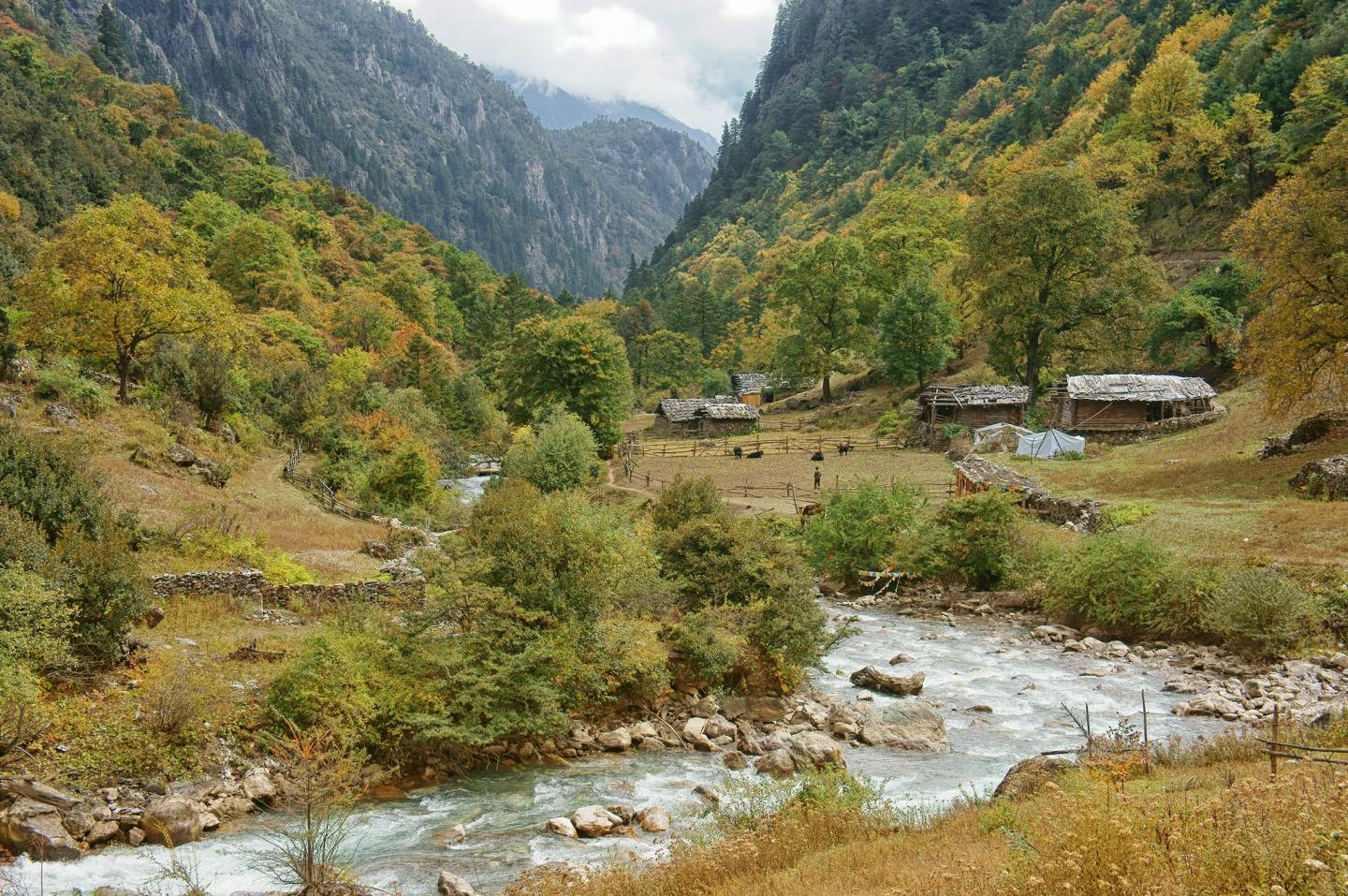
Microbial biodiversity is impacted by climate change in different ways
Scientist have discovered that climate change affects microbial biodiversity most strongly in natural and nutritious environments. This means that these environments are most prone to future changes in temperatures.
The study results were published in the highly-acclaimed journal Nature Communications.
Based on a broad geographical scale, we know very little about the specific impacts of climate change and human activity, such as nutrient enrichment of waterways. Researchers from the Department of Geosciences and Geography at the University of Helsinki, the Finnish Environment Institute, the Nanjing Institute of Geography and Limnology, and Chinese Academy of Sciences have studied hundreds of microcosms in mountainous regions. The study involved aid from natural temperature gradients and the modification of enrichment levels in field tests.
The results indicate that bacteria in elevated tropical areas are similar to those in arctic areas. “As a result of changes in temperature and aquatic enrichment, significant alterations occur in the microcosms, and as the enrichment increases, biodiversity reduces,” says Associate Professor Janne Soininen.
Species are adaptable to severe conditions are in danger
Experiments in mountainous regions indicate that knowing the difference between effects of temperature variations and aquatic nutrient enrichment can help us understand the possible effects of climate change on microbial biodiversity in different environments.
For example, severe less nutritious waters in the north are extremely prone to temperature variations, and species that have adapted to the cold will decline as the climate warms up. The good news is that biodiversity has a chance to improve at first as the climate warms up. Species that thrive in warmer areas increase until biodiversity again starts to decline when the temperature continues to rise.
Another significant finding in this research was that, like plants and animals, different species of bacteria clearly live at different levels of elevation, and the bacteria in high mountain areas in the tropics are similar to bacteria in arctic areas, due to the similar cold climate.
—
Credit: Earth.com author John Thomas













